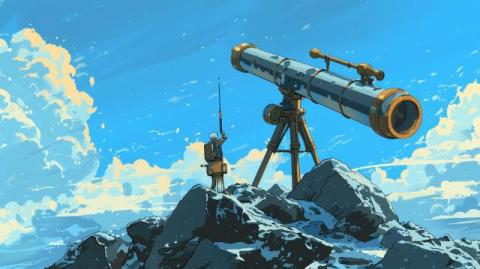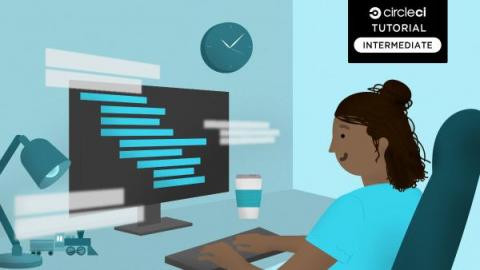Python API with Kubernetes and Docker - Part I
Docker is one of the most popular containerization technologies. It is a simple-to-use, developer-friendly tool and has advantages over other similar technologies that make using it smooth and easy. Since its first open-source release in March 2013, Docker has gained attention from developers and ops engineers. According to Docker Inc., Docker users have downloaded over 105 billion containers and 'dockerized' 5.8 million containers on Docker Hub. The project has over 32K stars on GitHub.











